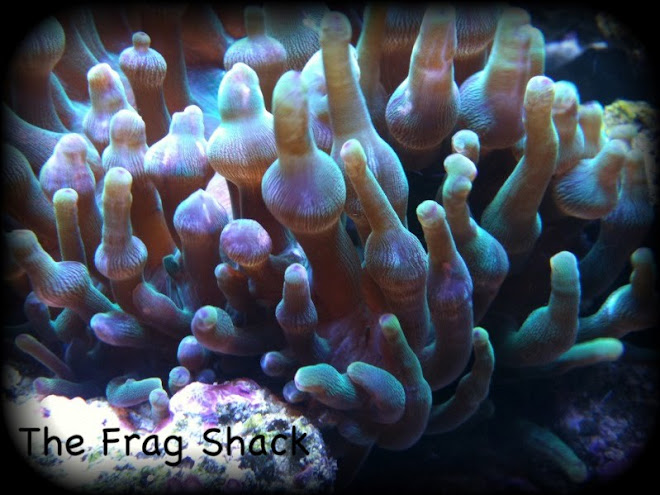Next Wave 2011
Fort Worth Botanic Garden
3220 Botanic Garden Blvd.
Ft. Worth, TX 76107
Saturday, February 26, 2011
*Now click on the link above for ticket price details,
speaker line-up, vendors, etc.!*
Although I am a Houston area native, I attended the past two Next Wave events (annual ordeal), have already made arrangements to attend this one and plan to attend future Next Wave events assuming the tradition continues and pending any catastrophic situations. In my previous two years experience at this gala, the DFWMAS club has yet to disappoint! The special features usually include: wonderful guest speakers, a vendor hall full of quality vendors with quality products, nice "high-end goodies" usually thrown in with the typical lower end, but essential, raffle items and the event coordinators always seem to deliver with a quality venue in which to enjoy this annual gathering. Speaking of raffles, last year I cleaned up! Before then, I remember winning only a single raffle prize (and that was an All-Star fishing rod from Academy that I was able to win only because the first two names drawn ahead of me had left the store before the drawing took place!). However, last year's trip to the Dallas/Ft. Worth area changed all that and I came away with: a Reef Keeper Lite controller, 2 x Seachem's Reef Fusion two-part dosing system (a total of 4 bottles, 2-calcium and 2-alkalinity supplements), an Alkalinity test kit (that I later found out expired shortly after the event... Doh!), a Diver's Den coral from Live Aquaria (dubbed "orange-eye leptastrea") and a half-gallon jug of Purple-up! Yes, I would say my raffle luck changed on that day. Not only are the incentives put in place to lure you out there, but the guest speakers are generally always a nice treat and the DFW club has some great members to include in your network. Prior to making my five hour trek north for the event each year, I would make it a point to post in the buying forum exposing my "feelers" for any DFW members who had neat frags available to add to my collection. Both occasions resulted in coordinating exchanges at the event and yielded myself nice, quality frags. Unfortunately since then, I experienced a very, very nasty hurricane by the name of Ike and an acropora-eating flatworm invasion that both wiped out my entire system at the time. Both were sad events, but I was able to pick myself back up and continue on the reef path (and try not to think about the continuing expenses related with the hobby... ouch!).
I am looking forward to the upcoming year's Next Wave event even more so because it will be paired with Steve Tyree and The Coral Farmers Market sm Coral Show. Yeay!... double goodies! It is also unfortunate that I did not find the information about this event before October 31st, because a raffle was held for all ticket holders with tickets purchased prior to Oct. 31st for a four-eyed frag of Miami Hurricane chalice! Dang... I just missed it! Additionally, it appears four-to-five of my reef buddies are also interested in attending this upcoming event which should create a more memorable experience this next trip. I am definitely going... will I see you there?
